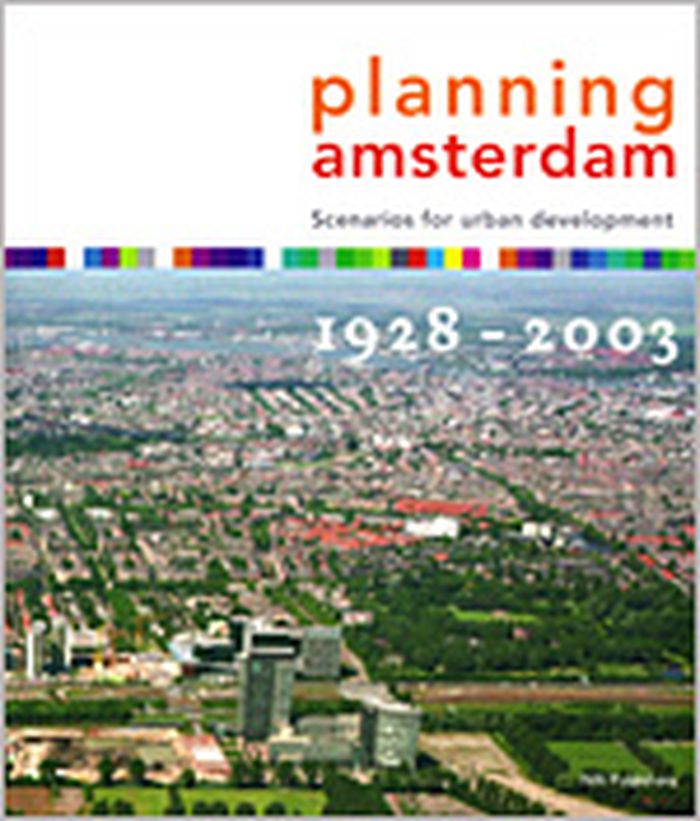$52.50
(disponible en magasin)
Résumé:
Soon after its inception in 1928, as part of Public Works, the Department of Physical Planning began work on Van Eesteren's General Extension Plan for Amsterdam (AUP). Issued in 1934, the AUP can be regarded as Amsterdam's first master plan. It fixed the broad lines of city policy on spatial development in a vision statement on the city. Vision statements and the plans(...)
janvier 2004, Rotterdam
Planning Amsterdam : scenarios for urban development, 1928-2003
Actions:
Prix:
$52.50
(disponible en magasin)
Résumé:
Soon after its inception in 1928, as part of Public Works, the Department of Physical Planning began work on Van Eesteren's General Extension Plan for Amsterdam (AUP). Issued in 1934, the AUP can be regarded as Amsterdam's first master plan. It fixed the broad lines of city policy on spatial development in a vision statement on the city. Vision statements and the plans they spawn are necessarily centred on the future, but with hindsight such master plans tell us more about the time when they were made. This certainly holds true for the eight such plans that were to follow the AUP. The most recent, 'Opting for Urbanity', was completed in 2003, by the Physical Planning Department. Something new, whether this is a residential estate or a business park, is invariably at the expense of something existing. Seventy-five years after the AUP was issued, the fitting out of urban space for dwelling, working, traffic and recreation is still a subject of discussion. How the space is filled in determines the urban dynamic. This book is not just about the Amsterdam masterplans but more particularly about three-quarters of a century of spatial development in that city. Words, images and a series of maps specially made for the occasion clearly show what has been happening in the inner areas and garden city suburbs of Amsterdam, the urban expansions and consolidations, the plans for traffic and transport, and for greenspace and recreation.
